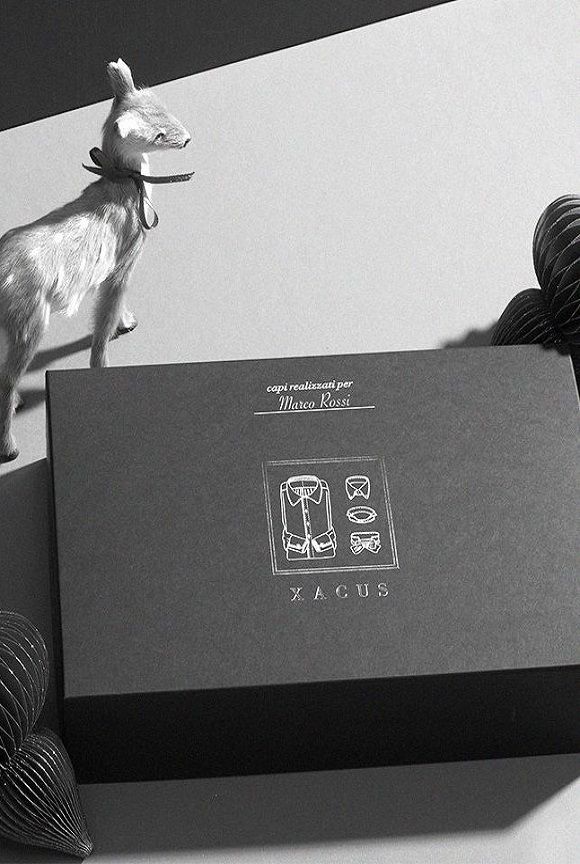The Baroque and Rococo periods mark an important transformation in style that, starting with significant changes in history and culture, also involve arts such as literature, music, painting and sculpture.
The Baroque period opens the doors to glitz and opulence, and to a marked elegance, which would be taken even further in the Rococo period.
This turning point of course affected the fashions of the time, changing them and even upturning the previous style canons.
The range of fabrics made exclusively for shirts became much wider, considering the variety of shirts to be worn on different occasions and at different events.
Beginning with the early half of the 17th century, the shirt began to take on a totally independent identity, even if still quite uniform in terms of styles.
It was around the 1630s that embroidery –meticulously carried out by cloistered nuns – began to become fashionable and available in different decorative styles and stitches.
In men’s clothing, referred to for the first time in history using the term “outfit”, the focus was on the puffed elements of a shirt, around the waist or chest, and on its full, long sleeves that would emphasise the presence of this ultra-fine linen garment and point of pride. Other essentials included Venetian lace, a complement that highlighted the elegance of the outfit overall.
Italy and France competed in the creation and export of lace, a competitive climate that led to the development of the “point de France”, the success of which was such that the Venetian senate took drastic countermeasures, and the lace makers who had exported the product had to return to Venetian style, under the threat of imprisonment for their families.
France, Europe’s largest exporter of the most beautiful lace for the rich shirts, set the canons of elegance at world level, spreading the abit à la francaise: a jacket with square flaps, front and back, worn open to show the “camisiola” - a long embroidered waistcoat and the shirt.
This new, affected fashion became rooted in the period, enhanced by famous silks, such as those from Lyon, as well as colours, floral motifs and gold lace.
Shirt sleeves became longer thanks to lace cuffs and in the early years of the century, necklines also changed to make way for the cravat, a fine strip of fabric, wound once or twice around the neck, covering the chest in a cascade of lace.
Keep following our blog to find out more about the evolution of the shirt …

